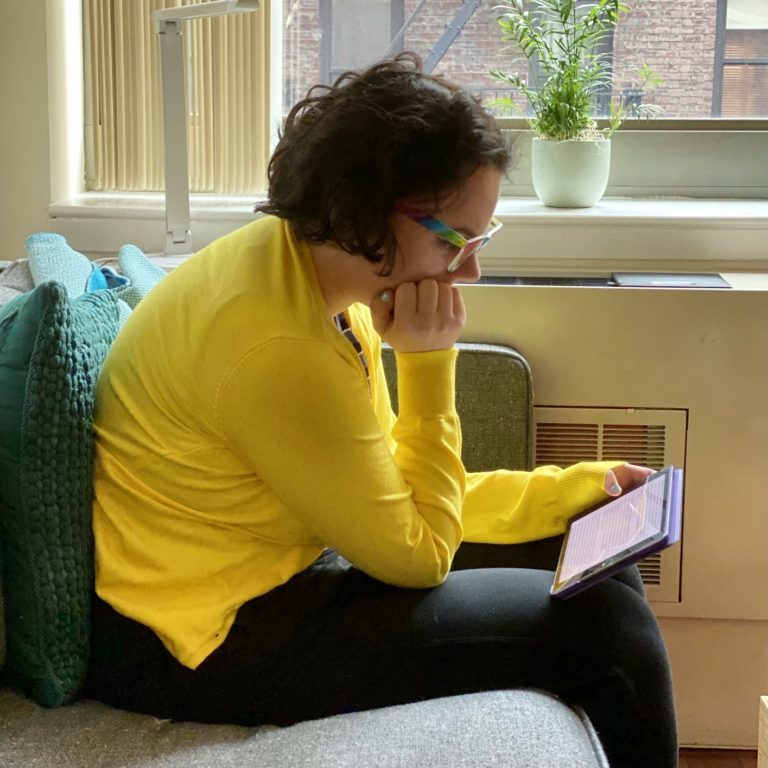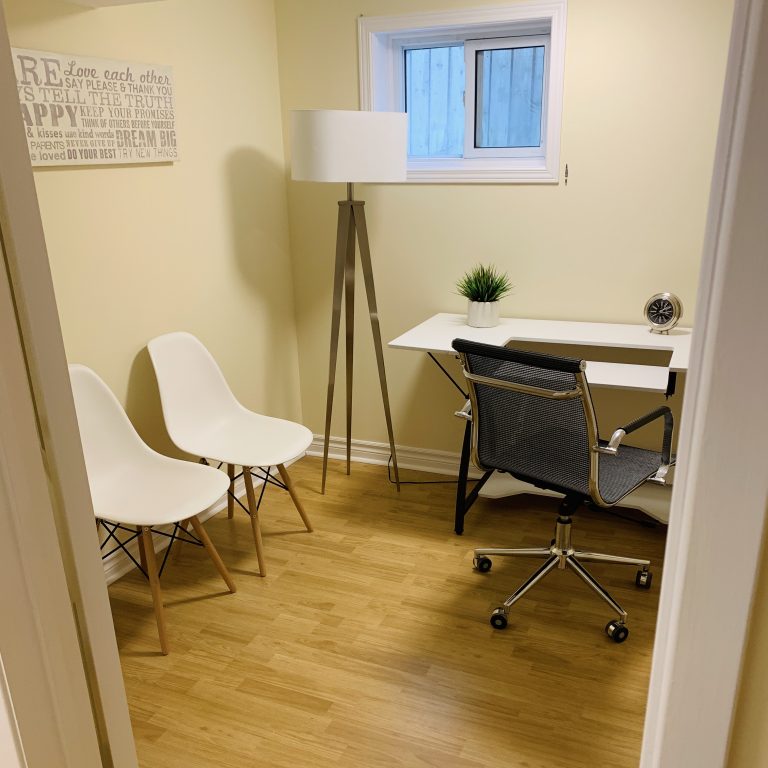
Sex therapists are so fucking cool. I would say that they’re “doing the lord’s work,” if I were religiously inclined; instead, I’ll just say that they save lives – because I truly believe that they do.
Sexual shame and sexual trauma are so insidiously evil that they can go unexamined for years, even decades – festering inside, often ruining relationships along the way. Sex therapists help their clients exhume and examine these forces, and hopefully heal from them.
As I’ve told you before, finding the right therapist can be really tricky, especially when you’re queer, trans, kinky, and/or non-monogamous. That’s why I’m so thrilled that there are searchable databases of sex-positive practitioners online now – such as the sponsor of today’s post, lifesexplicit, a hub for sexuality and relationships experts, including coaches, therapists, and educators. Yay!
If you’ve been thinking about hiring a sex therapist, sex coach, or similar, there are a few questions you might want to ask yourself before you start your search, to help clarify what you’re looking for…
What do you need help with?
Seems obvious, perhaps – but sometimes our issues can feel so overwhelming that we may not actually have a clear sense of what those issues are. Maybe spend some time journaling, or talking with a friend or partner, about the experiences/thoughts/feelings that have led you to consider sex therapy. Having clear language for your current struggles will be super helpful when you reach out to practitioners.
It’s okay if the scope and focus of your therapy end up changing, down the road. For instance, when I started working with a new therapist in 2020, I thought it was mainly to address issues around polyamory, but the deeper we went, the more it became clear that the roots of my struggles were childhood trauma, codependency, and people-pleasing – so that’s what we ended up working on most. Try just crafting a sentence or two about what you think your issue is, at the moment, to give potential therapists an idea of what sort of help you’re looking for.
(If you’re looking for a fun way to clarify what you struggle with, lifesexplicit has a bunch of quizzes about sexuality on their website that might get your neurons firing. For instance, their “Do I Have a Healthy Attitude Toward Sex & Intimacy?” quiz told me that I probably have issues with sexual insecurity and shame, which is… sadly accurate!)
 What modalities are you interested in?
What modalities are you interested in?
You might not know the answer to this, and it’s fine if you don’t – but it could help you narrow down the available options to decide on what type of therapy you’re seeking. You might know, for instance, that cognitive-behavioral therapy has not worked well for you in the past, so maybe you want to explore a more offbeat modality.
Worth noting here: While professionally accredited, board-certified therapists can be great, they are not the only ones who know useful things that can improve your sex life. Some of my most important lessons have been taught to me by relationship coaches, sexological bodyworkers, sex workers, and even tarot readers. I love that lifesexplicit includes conventional psychotherapists as well as polyamory coaches, Tantra teachers, sex educators, breathwork facilitators, and more.
What’s a dealbreaker for you?
Choosing a therapist or coach is a deeply personal process, and it’s perfectly okay to have high standards (as long as they aren’t limiting you so much that you’re unable to access care you urgently need!). Spend some time thinking about your must-haves and your dealbreakers, so that you can convey that information (if needed) when communicating with a practitioner you’re considering hiring.
For instance, some people might prefer to work with a therapist who has lived experience in queerness, transness, kink, polyamory, etc., while for others, the practitioner’s firsthand experience may not be as important as the types of clients they have worked with and the knowledge they’ve accrued. Some therapists list this type of information on their profile on sites like lifesexplicit, but if they don’t, you can usually ask them about it in an initial consult call.
What would “healing” ideally look like for you, and why do you want to heal?
Before I started trauma therapy, I thought a lot about the symptoms I was experiencing – dissociation, conflict avoidance, intermittent panic, etc. – but hardly gave any thought to what the opposite of those symptoms would be: peace, calm, strength, self-sufficiency.
I’m no therapist (not yet, anyway…), but I imagine it’s helpful for them if you can specify your desired outcome – whether that’s something tangible, like preventing a looming divorce, or something more abstract, like feeling confident. It’s always easier to work toward goals when you know what those goals are, and that’s doubly true when another person is helping you achieve those goals.
But consider, too, why you want to heal. There were times, early in my therapy process, when I felt like I was being dragged kicking and screaming to every session (metaphorically), and like I was only working on my issues because it would make me more palatable to the people in my life. This isn’t a useful attitude to take, though, and it’s certainly not an attitude that encourages growth and healing. I needed to figure out the reasons why I wanted to get better, for me. Other people might enjoy the effects of my healing secondhand, but first and foremost, my healing needed to be something I was doing for myself – and once I figured that out, I could reassure myself whenever it got hard, reminding myself of what, exactly, I was fighting for.
This post was sponsored by the lovely folks at lifesexplicit! Check out their quizzes, books, resources, and their database of sex-positive providers if you’re looking for a great sex therapist or other sexual health practitioner to speak to/work with. As always, all writing and opinions in this post are my own.







